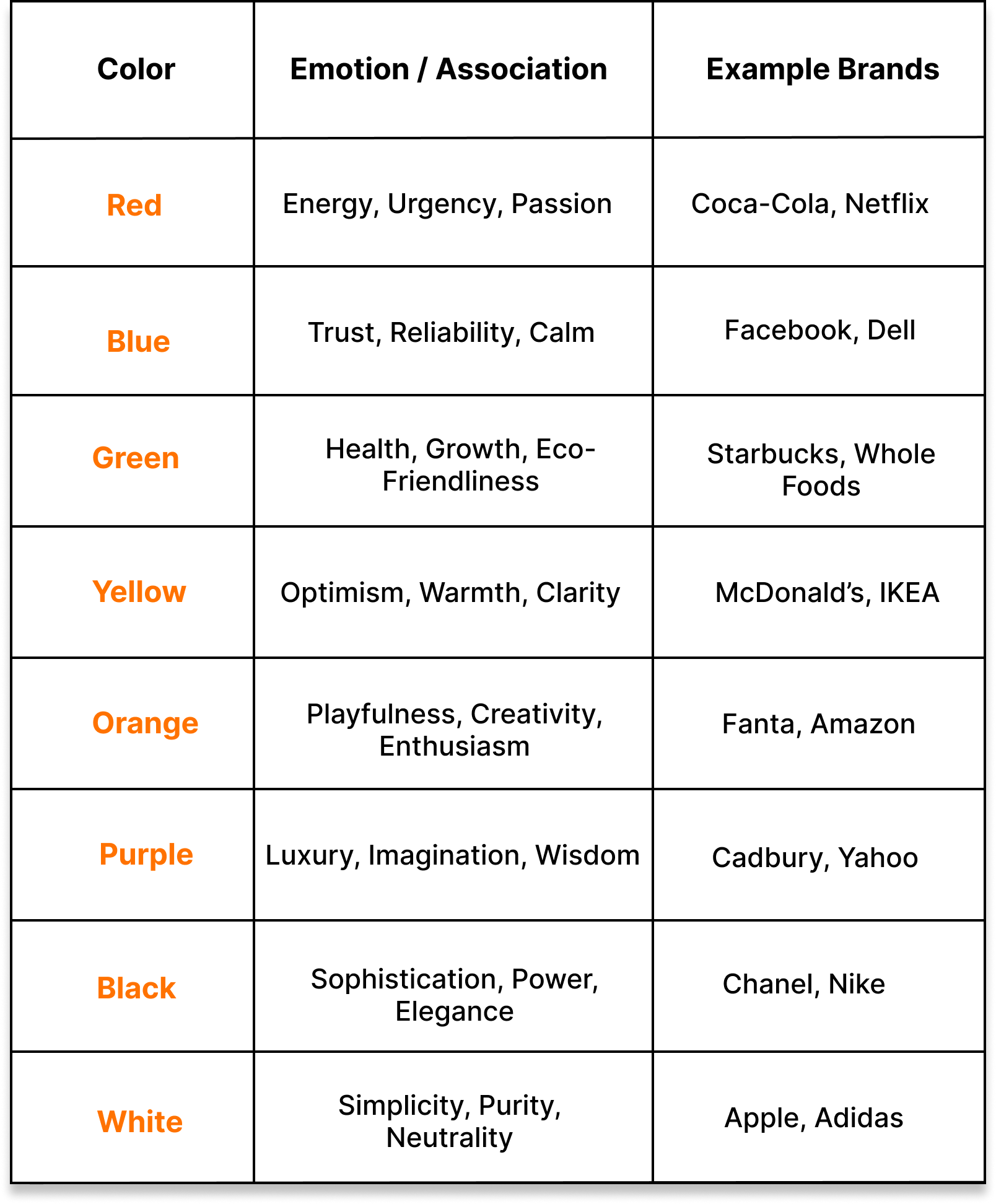Logo Design Psychology: From Aesthetics to Business Impact
Table of Contents
As per Taylor and Francis, Brand recognition happens in 50 milliseconds. Brands can build an impression within 10 seconds for consumers to form their opinions, and users need 5 to 7 exposures to retain the logo in their memory, according to DESIGNRUSH.
The brain works on the visual processing of logos that evoke emotional and cognitive reactions that play a vital role in brand memory and decision-making. Mirror neurons play a crucial role by transmitting the emotion linked to the logo among users, building subconscious links that strengthen loyalty and trust.
In India, where brands need to grab attention in a competitive marketing environment, quick recognition is necessary. A logo that cuts through the noise and tugs memories will instantly become unforgettable, much as Cpluz, which has helped brands since 1993, to conceptualize logos that forge an emotional connection.
Conversion-Focused Logo Elements
Logo color psychology is also an important aspect in logo design. For instance, the color blue is used to suggest trust and intelligence, and that’s why Indian fintech businesses like Paytm use this color to communicate security. Red is the color of passion and urgency, utilized properly by fast-food logos like McDonald’s India to trigger appetite and action. ExpertBeacon says that more than 50% of logo familiarities increase the chances of purchase, representing that color choice influences emotional response and conversion rate.


www.craftinggenius.in
Studies carried out on the levels of simplicity versus Memorability of logos favor simpler logos, which become more memorable and versatile, especially on mobile platforms, which dominate Indian e-commerce. As per Nielsen, 70% of the companies reported increased customer engagement after redesigning their brand logo.
Industry-Wise Strategies for Logo in India
Healthcare: The logos represent trust and care, with the use of pleasant colors like blue and green usually used to build confidence in the patients. The Apollo Hospitals logo uses relaxing colors and an approachable typography to express the same.
Fintech: Security and innovation go hand in hand here. Combining blue color with modern and clean typography in branding is the chosen approach adopted by Razorpay and PhonePe to communicate reliability and cutting-edge technology.
E-commerce: The use of a mobile-first approach to the logo is needed in India. The logos must be scalable and must also be identifiable when the size is smaller. The Flipkart logo is basic and contrasting with the use of unique shapes, which can be seen clearly on mobile displays.
B2B SaaS: Muted colors such as blue and gray are used in professional, non-intimidating designs that attempt to balance between somewhat urbane yet accessible, addressing the new rapidly growing tech startup scene in India.
Logo Performance Metrics:
Measuring the performance of a logo includes the following:
Brand recall test: Research by Linearity says that 75% of people recognize a brand through one logo alone, with 5 to 7 times of exposure crucial for retention.
Heat mapping: Eye trackers reveal that logos on the left top receive 89% more attention from users, improving the brand’s visibility and engagement.
Conversion improvements: After rebranding, it is said that conversions in the Indian brand Shoppers Stop were increased from 2% to 20% in sales, according to Economic Times, where logos were either recognizable or created an emotional appeal.
ROI Calculations: Mastercard’s simplification of a logo during 2019 produced an eight-spot in its ranking and a 25% uplift in brand value globally, inspiring Indian brands to strive to mirror.
Future-Proofing Logo Design
To remain relevant, logos have to be relevant to emerging technologies and values:
Responsive logos work well across all devices, with clarity to be competitive in India’s multi-screen environment.
Voice interface branding is in its infancy, wherein logos need to have verbal or auditory equivalents for smart assistants.
The applications of AR/VR open possibilities for interactive brand experiences, an option increasingly popular in Indian retail and entertainment domains.
Conclusion
As per CPluz, a 37.5% increase in conversion rates was shown by adopting AI-generated logo designs; henceforth, an investment in science-based logo design is the essential step toward sustainable brand establishment.
Incorporating these ensures that Indian businesses can develop logos that engage and convert, placing the brand in a buzzing and competitive marketplace.
Takeaway
Are you all set to redesign your logo with a purpose?
Begin to implement these steps now and see your brand resonate with your audience!
